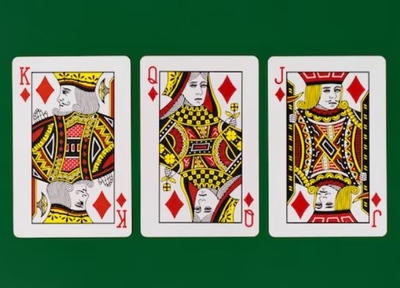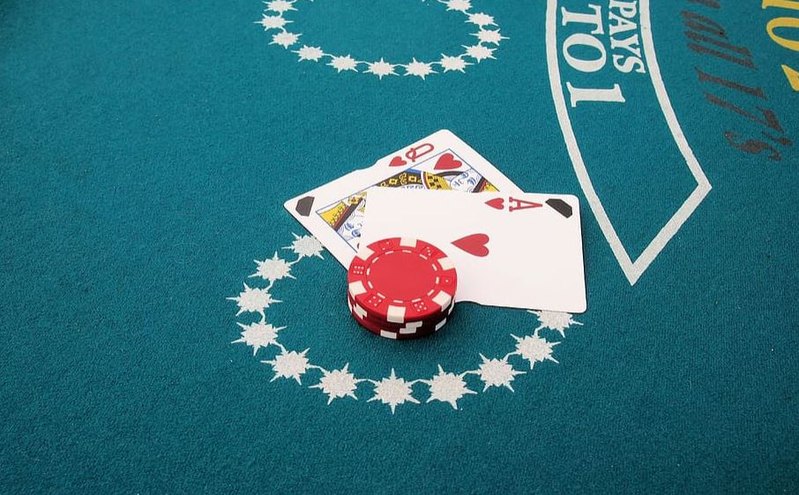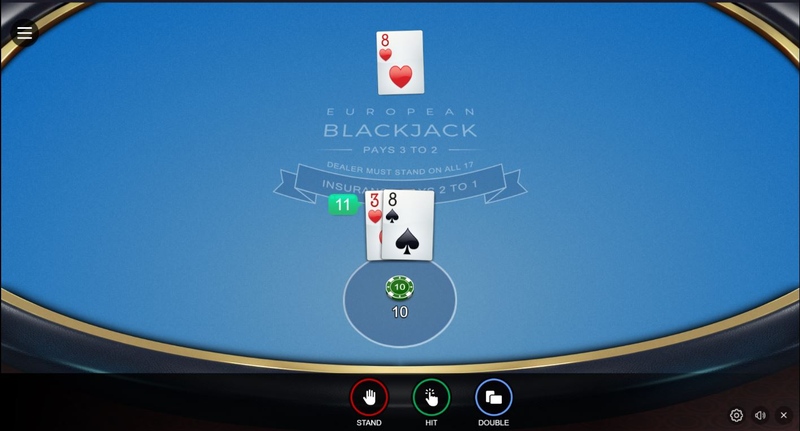 With so many different card games out there, all using the same deck of 52 cards in different ways, it’s not such a silly question to ask what the value of face cards like Jack, Queen and King are in blackjack.
With so many different card games out there, all using the same deck of 52 cards in different ways, it’s not such a silly question to ask what the value of face cards like Jack, Queen and King are in blackjack.
It’s not a huge topic for discussion as the answer is simple enough, but for anyone new to the game it is a certainly a valid question.
Nice and quickly then, a King, Queen or Jack are all worth 10 in a game of blackjack, so all face cards hold the same value.
An Ace is the only other slightly tricky card in blackjack, because it is not considered a face card so does not fit in the same category as Kings, Queens and Jacks. Instead, the Ace can be worth 1 or 11, whichever is most favourable to your hand.
All other cards except the Ace a worth the number printed on them so there is no further confusion to be had there, and quite obviously, it follows that 2 is low and Ace is high (when being used as an 11).
There is no clearer way of explaining the value of face cards in blackjack, but we can have a quick look at how hey impact the game.
How Face Cards Influence a Game of Blackjack

We know that the value of a King, Queen or Jack is 1o, but what is the significance of that?
Well, it’s huge actually.
There are 3 face cards in each suit as well as the number 10 itself, so that means there are 4 cards with a value of 10 in each suit, making 16 different 10 value cards in each deck.
In order to create blackjack (as opposed to 21, which is not quite the same thing) you will need to be dealt an Ace and a 10 value card in the initial deal.
The 10 value card can be a number 10, a King, a Queen, or a Jack, it doesn’t matter; so long as it is dealt along side an Ace it is classed as Blackjack.
This can’t happen at any point other than during the initial deal, and there is around a 4.8% chance of it happening.
The number of face cards in a deck is therefore directly linked to your chances of being dealt blackjack in the first place, but more specifically, the number of face cards left in the pack, as blackjack is usually dealt from a shoe of cards holding multiple shuffled decks.
Your chances of getting blackjack are therefore ever changing as cards are dealt, because each time a face card or a 10 is dealt, your chances of getting blackjack next time around diminish, and each time a low value card is dealt those chances increase.
Some very clever people have made good money tracking the movement of cards and calculating their chances based on which cards remain in the deck. It’s known as card counting, and it all centres around the show being loaded up with high value cards like tens, Kings, Queens and Jacks.
Other Reasons Kings, Queens and Jacks are Useful

If you are dealt a hand worth 11 in the initial deal, and the dealer is not showing a King, Queen, Jack, or 10, then you know that at least 15 of the 16 different 10 value cards are still in the deck, if not all 16.
Therefore, your chances of getting to 21 if you hit are as good as they can possibly be at this point, so good in fact, that if the dealer’s up card is low then basic strategy dictates you should double down.
You also know that you can safely hit without going bust (this goes for any hand value lower than 11), so it makes your next move a pretty safe one – you can only improve your hand at this point and you might even end up with the second best hand in the game, 21.
It doesn’t matter whether it’s a single deck game or a multi-deck game, on percentage, the outlook is identical.
Equally, if you have been dealt a hand worth 12, you know at least one 10 or face card has been dealt because it is in your hand, but there is a lot of danger in hitting because so many 10 value cards are left that could make you bust.
There’s a 31% chance of that happening, so almost 1 in 3, which is pretty high.
You can use this knowledge defensively or offensively, but knowing the odds of a 10 of face card coming out next is important in your decision making either way.
